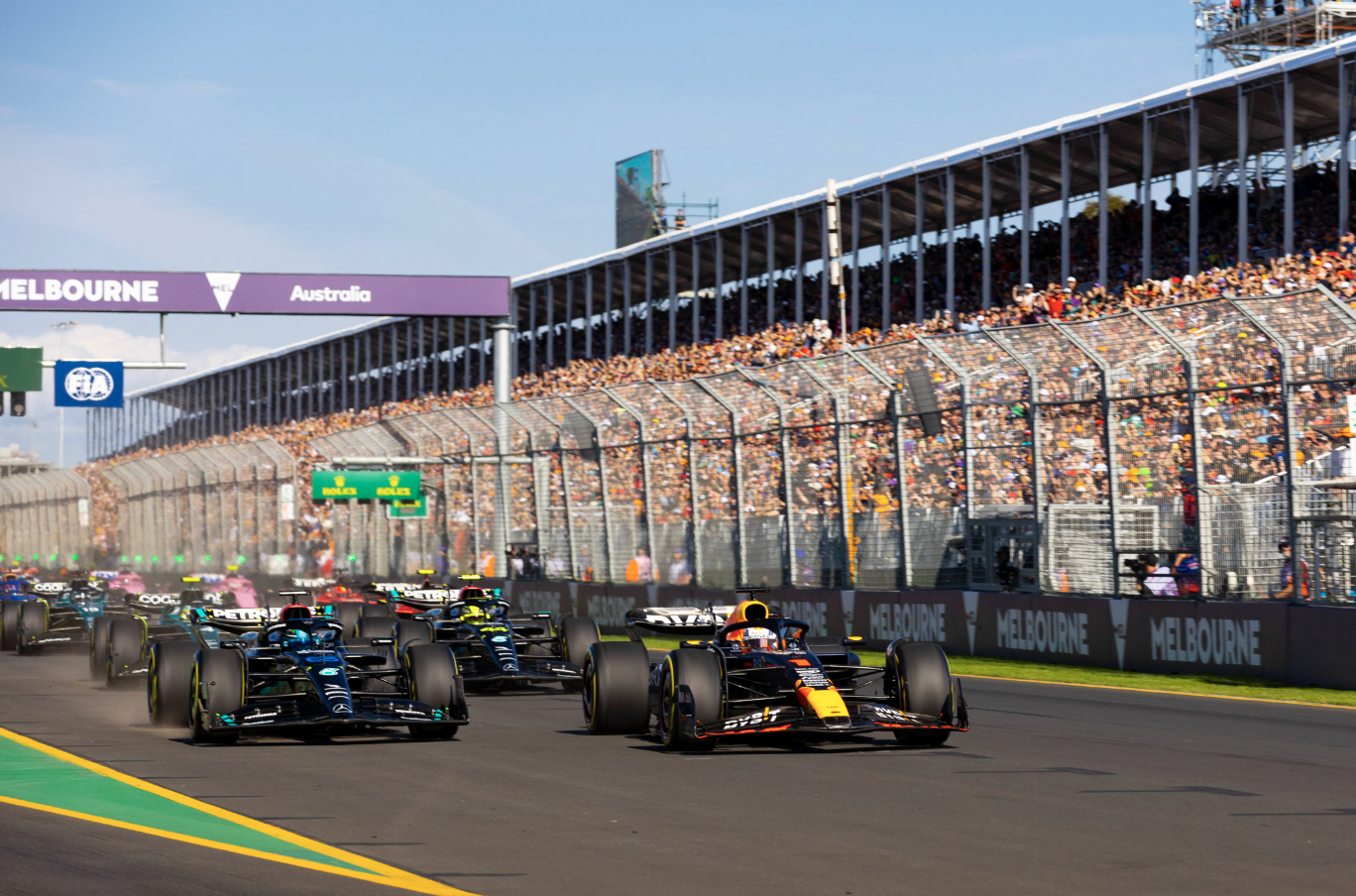Are the new Formula 1 regulations working in the 2023 season?
This weekend saw us return to the exhilarating streets of Baku, although this time out the excitement was noticeably lacking. In the previous six years at this track, we have been witness to some season stand-out moments - Max Verstappen and Lance Stroll’s tyre failures in 2021, the Red Bull double takeout in 2018 and Daniel Riccardo’s triple overtake that led to his victory in 2017. When it was announced that the street circuit would play host to the first sprint race of the season, there was an unspoken expectation that this would deliver another memorable race, unfortunately, what we got was the opportunity to have an afternoon nap.
Looking back at the other races so far this season, it’s a mixed bunch. Australia gave us the chaos every Formula 1 fan craves to see, breaking records for the most red flags in a singular race (4) however, this appears to be the anomaly. With the number of overtakes significantly lower this season compared to last, there is growing concern that we are in for a particularly dull season with the feeling that Red Bull has already wrapped up the title.
In 2022, Formula 1 saw a shake-up, with a brand new set of regulations brought in and expectations high for a repeat of the action of 2021. Former F1 Chief Ross Brawn even went as far as to say that the new regulations would allow midfield teams to fight with the top teams for race wins. One of the regulation changes that would allow this to happen was an aerodynamic phenomenon called “ground effect”. In simple terms, this would reduce the downforce lost when following a car in “dirty air” from 47% to 18% (when within one car length) meaning chasing cars are able to stay closer and follow for longer, resulting in closer racing and more overtaking.
What we saw in Baku at the weekend all but proved that this is no longer working. This circuit has the longest straight on the F1 calendar and, coupled with the DRS zone, it should’ve been the perfect opportunity for overtaking. However, when a track like this has next to no overtaking, a DRS train and drivers complaining they are unable to follow in the “dirty air”, there is a problem.
So what has changed from the beginning of 2022 to now? There is one thing in particular that Carlos Sainz has wholly blamed for these issues, and that is the technical directive brought in by the FIA midway through last season to reduce porpoising. One of the main talking points from the 2022 season was the strange aerodynamic phenomenon linked to the “ground effect” philosophy which caused cars to bounce up and down, affectionately named porpoising. Some teams struggled more than others and, as you may have seen in Drive to Survive, Toto Wolff and Mercedes fought hard to introduce rule changes to reverse the issues. This led to all teams having to increase their floor edges by 15mm and, since then, Sainz and Leclerc have claimed that following a car is as difficult as it was in previous machinery.
With these regulations now in place until 2026, there is an increasingly deflated feeling amongst F1 fans that this is all we have to look forward to over the coming years. There have been a few reports that the FIA would be willing to step in and make changes should the racing continue to suffer. However, as they were the ones to make the changes in the first place, is this the most promising news? For now, it’s fingers crossed for more action as we go to Miami this weekend.


